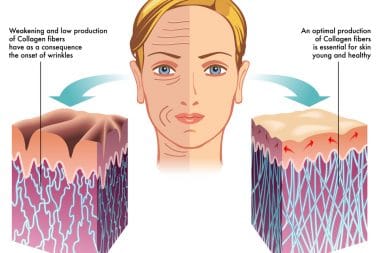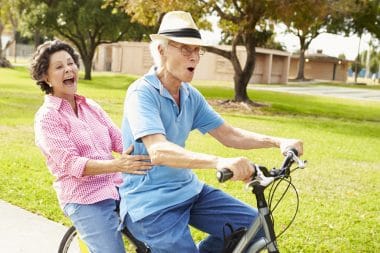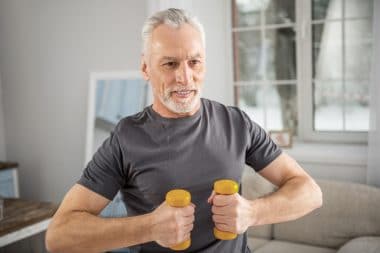New caregiving, healthcare and safety technologies are revolutionizing opportunities for seniors to age in place.
While senior isolation and safety remain significant concerns for older adults living on their own, technologies are offering new, efficient and cost-effective ways for seniors to continue living independently while remaining connected to their support network.
Medical Alerts
Falls are the leading cause of injury among seniors, with nearly 1 in 3 experiencing a fall each year. They are also the leading cause of death from injury and broken hips among the 65 and over population. Medical alert devices are a highly recommended technology to help seniors avoid the danger of waiting for help for an extended period of time after a fall.
Medical alert systems notify monitoring centers or loved ones in the event a senior has a fall or medical emergency. New advancements not only let seniors press a help button in the event of an emergency, but also have automatic fall detection, which calls for help in the event of a fall, even when the senior can’t.
Medical alert systems come in two basic technologies, a home based landline system and a wearable alert device. The mobile system runs on a cellular network and can be worn in and out of the home. They come with fall detection, GPS tracking and two way talk speakers.
Medical alerts are a great way for seniors who live alone, and their loved ones, to get comfort and peace of mind that help is only a press of the button away.
Security Cameras
Cameras in and outside the home can help monitor seniors as well as those who come to visit or care for them.
New technologies like door cams, can alert seniors to who is at the door before opening it, as well as notify loved ones. This can be helpful to avoid and deter unwanted visitors, and it can also ensure that professional caregivers show up and leave as intended.
Cameras inside the home can serve two very important purposes. First, they can let caregivers monitor loved ones from afar, to ensure they’re health and safety. While it may seem like an invasion of privacy, placed in the right places, and with everyone’s knowledge and consent, they can provide additional comfort and peace of mind to all.
Second, cameras in the home can act as a deterrence to would be elder abusers, whether it be verbal, physical or neglect.
Medication Reminders & Pill Dispensers
Medication compliance is a significant issue for seniors. It’s not unheard of for the average senior to be taking upwards of 8 medications a day, 3-4 times daily. The opportunities for non-compliance and non-adherence are significant. The implications can be devastating.
One of the most frequent reasons for seniors to move into a managed care facility is worry over the self-management of medications. In recent years, the standardized pill box has evolved into the pharmacy filled weekly planner pill pack and more recently into a fully automated pill dispenser.
The automated pill dispenser can be filled by a caregiver as little as once a month, and then will alert the patient with an alarm when its time to take their pills. At that point, a cup is placed under the dispenser and it’s automatically filled with the correct pill regimentation for that time period. The pill dispenser will keep track of and notify caregiver’s if pills are missed.
Digital Personal Assistants
Whether its Google Home or Amazon’s Alexa, voice operated digital personal assistants offer a host of new opportunities for seniors to live independently.
For those with mobility, manual dexterity or visual issues, Google Home and Amazon Alexa allow them to use their voice to open the front door to let guests in the house, turn the TV on, turn the lights on or off or make telephone calls.
Google Home and Amazon Alexa also allow for more convenient access to entertainment, such as gaining access to the weather, playing your favorite songs, listening to the radio, getting news updates, staying in touch with family, reading books and so much more.
They can also be used as a means to keep folks organized, by setting scheduling reminders, including medications. In fact, family caregivers can program them to help remind their loved ones of scheduled appointments, classes, birthdays, anniversaries and get togethers.
Smart Technology
Smart technology is revolutionizing the opportunity for seniors to age in place longer, more safely and more comfortably. Smart technology are household features that can be automated or controlled remotely via mobile phone.
Some of the more innovative and useful examples of smart technology we’ve seen are smart thermostats, smart lights, smart home security systems and smart fridges that give remote caregivers a window into the grocery needs of their loved ones. These innovations can dramatically improve the quality of life of seniors in their own homes, as well as their safety.








Reply